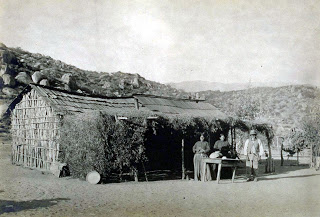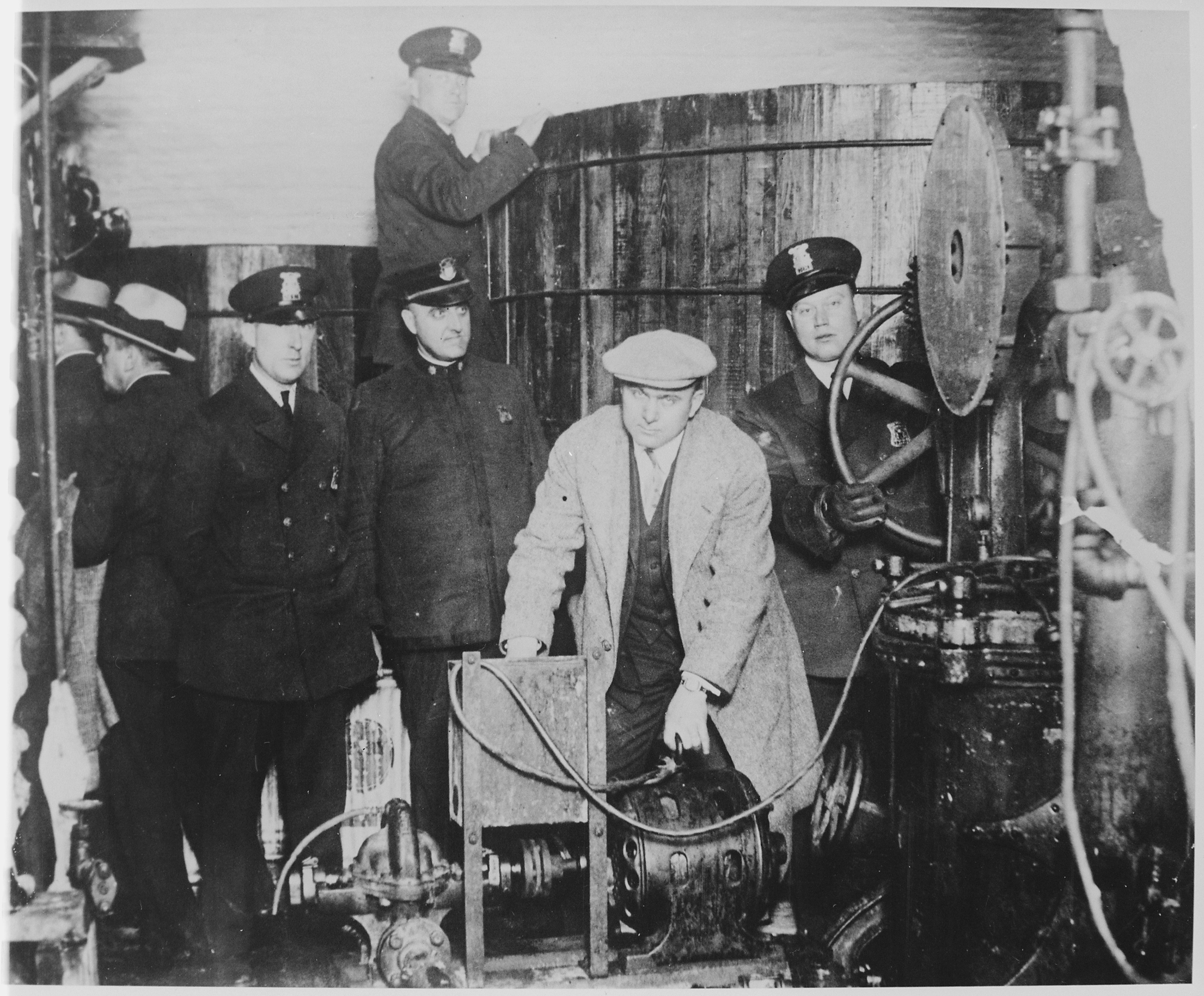|
Sterno
Sterno is a brand of gel, jellied denatured alcohol sold in and meant to be burned directly in its can. Popular both in commercial food service and home entertainment, its primary uses are as a chafing fuel, fuel for heating chafing dishes in buffets and serving fondue. Other uses are for portable stoves and as an emergency heat source. It is also used with toy and model steam and other external combustion engines. The flame is typically lit with a match or lighter and extinguished by placing the lid over the can to starve it of air, though any noncombustible cover will do. History The Sterno brand and trademark is owned by Sterno Products, a portfolio company of Westar Capital LLC, based in Corona, California. The brand was purchased from Blyth, Inc. in late 2012. Blyth had acquired the business from Colgate-Palmolive in 1997. The name comes from that of the original manufacturer, S. Sternau & Co. of Brooklyn, New York, a maker of chafing dishes, coffee percolators an ... [...More Info...] [...Related Items...] OR: [Wikipedia] [Google] [Baidu] |
Portable Stove
A portable stove is a cooking stove specially designed to be portable and lightweight, used in camping (recreation), camping, picnicking, backpacking (wilderness), backpacking, or other use in remote locations where an easily transportable means of cooking or heating is needed. Portable stoves can be used in diverse situations, such as for outdoor food service and catering and in field hospitals. Since the invention of the portable stove in the 19th century, a wide variety of designs and models have seen use in a number of different applications. Portable stoves can be broken down into several broad categories based on the type of fuel used and stove design: unpressurized stoves that use solid or liquid fuel placed in the burner before ignition; stoves that use a volatile liquid fuel in a pressurized burner; bottled gas stoves; and gravity-fed "spirit" stoves. History Early examples The shichirin, a lightweight charcoal stove, has been used in Japan in much the same form since ... [...More Info...] [...Related Items...] OR: [Wikipedia] [Google] [Baidu] |
Corona, California
Corona (Spanish language, Spanish for "Crown") is a city in northwestern Riverside County, California, United States, directly bordering Orange County, California, Orange and San Bernardino County, California, San Bernardino counties. Its current mayor is Jim Steiner. At the 2020 United States census, 2020 census, the city had a population of 157,136, up from 152,374 at the 2010 United States census, 2010 census. Corona is surrounded by Riverside, California, Riverside to the east, Norco, California, Norco to the north and northeast, Yorba Linda, California, Yorba Linda to the northwest, Cleveland National Forest and the Santa Ana Mountains to the west, southwest, and south. Several unincorporated communities are along the rest of the city's borders. Downtown Corona is approximately southeast of Downtown Los Angeles and north-northwest of San Diego. Corona, located along the western edge of Southern California's Inland Empire region, is known as the "Circle City" due to Grand ... [...More Info...] [...Related Items...] OR: [Wikipedia] [Google] [Baidu] |
Methanol
Methanol (also called methyl alcohol and wood spirit, amongst other names) is an organic chemical compound and the simplest aliphatic Alcohol (chemistry), alcohol, with the chemical formula (a methyl group linked to a hydroxyl group, often abbreviated as MeOH). It is a light, Volatility (chemistry), volatile, colorless and flammable liquid with a distinctive alcoholic odor similar to that of ethanol (potable alcohol), but is more acutely toxic than the latter. Methanol acquired the name wood alcohol because it was once produced through destructive distillation of wood. Today, methanol is mainly produced industrially by hydrogenation of carbon monoxide. Methanol consists of a methyl group linked to a polar hydroxyl group. With more than 20 million tons produced annually, it is used as a Precursor (chemistry), precursor to other commodity chemicals, including formaldehyde, acetic acid, methyl tert-butyl ether, methyl ''tert''-butyl ether, methyl benzoate, anisole, peroxyacids, ... [...More Info...] [...Related Items...] OR: [Wikipedia] [Google] [Baidu] |
Surrogate Alcohol
Surrogate alcohol is a term for any substance containing ethanol, or other alcohols, that is intentionally consumed by humans but is not meant for human consumption. Some definitions of the term also extend to illegally produced alcoholic beverages. Consumption of such substances carries extreme health risks, both from the ethanol content and other more toxic substances that may be present. Users risk both acute poisoning from substances such as methanol, and chronic poisoning from substances such as lead. Most people turn to these as a last resort either out of desperation, being underaged or being unable to afford consumable alcoholic beverages (with homeless alcoholics) or due to lack of access to drinking ethanol (for example with prison inmates and individuals in psychiatric wards). Common surrogate alcohols Many alcoholic liquids contain alcohol but are not meant to be ingested in the same way as alcoholic beverages. Typical surrogate alcohols include: * Aftershave, ... [...More Info...] [...Related Items...] OR: [Wikipedia] [Google] [Baidu] |
Tommy Johnson (guitarist)
Tommy Johnson (January 1896November 1, 1956) was an American Delta blues musician who recorded in the late 1920s and was known for his eerie falsetto voice and intricate guitar playing. Early life Johnson was born near Terry, Mississippi, and in about 1910 moved to Crystal Springs, where he lived for most of his life. He learned to play the guitar and, by 1914, was supplementing his income by playing at local parties with his brothers Major and LeDell. In 1916 Johnson married and moved to Webb Jennings' plantation near Drew, Mississippi, close to the Dockery Plantation. There he met other musicians, including Charlie Patton and Willie Brown. Career By 1920, Johnson was an itinerant musician based in Crystal Springs but traveling widely around the South, sometimes accompanied by Papa Charlie McCoy. In 1928, he made his first recordings, with McCoy, for Victor Records, including "Canned Heat Blues", in which he sang of drinking methanol from the cooking fuel Sterno. The song f ... [...More Info...] [...Related Items...] OR: [Wikipedia] [Google] [Baidu] |
Canned Heat
Canned Heat is an American blues rock band that was formed in Los Angeles in 1965. The group has been noted for its efforts to promote interest in blues music and its original artists. It was launched by two blues enthusiasts, Alan Wilson and Bob Hite, who took the name from Tommy Johnson's 1928 "Canned Heat Blues", a song about an alcoholic who had desperately turned to drinking Sterno, generically called "canned heat". After appearances at the Monterey and Woodstock festivals at the end of the 1960s, the band acquired worldwide fame with a lineup of Hite (vocals), Wilson (guitar, harmonica and vocals), Henry Vestine and later Harvey Mandel (lead guitar), Larry Taylor (bass), and Adolfo de la Parra (drums). The music and attitude of Canned Heat attracted a large following and established the band as one of the popular acts of the hippie era. Canned Heat appeared at most major musical events at the end of the 1960s, performing blues standards along with their own mate ... [...More Info...] [...Related Items...] OR: [Wikipedia] [Google] [Baidu] |
Chafing Fuel
Chafing fuel is a fuel used for heating food, typically placed under a chafing dish. It is usually sold in a small canister and burned directly within that canister, with or without a wick. The fuel often contains methanol, ethanol, or diethylene glycol, as these may be burned safely indoors, and produce minimal soot or odour. These fuels are also used for emergency heating, outdoor cooking, and fondue. Types of fuel The first two fuels are similar with regard to consistency (both having a gel form though viscosities can vary with brand), operating procedures, and product design. The common gel methanol or ethanol chafing fuel is contained in a steel can with a resealable plug lid in sizes based on burn times. Two-, four-, and six-hour burn times are the most common sizes of methanol and ethanol chafing fuels available. The colour of the fuel being used can also vary among manufacturers. Both ethanol and methanol have low flash points, 11–17 °C, making them highly fl ... [...More Info...] [...Related Items...] OR: [Wikipedia] [Google] [Baidu] |
Prohibition In The United States
The Prohibition era was the period from 1920 to 1933 when the United States prohibited the production, importation, transportation, and sale of alcoholic beverages. The alcohol industry was curtailed by a succession of state legislatures, and Prohibition was formally introduced nationwide under the Eighteenth Amendment to the United States Constitution, ratified on January 16, 1919. Prohibition ended with the ratification of the Twenty-first Amendment to the United States Constitution, Twenty-first Amendment, which repealed the Eighteenth Amendment on December 5, 1933. Led by Pietism, Pietistic Protestantism in the United States, Protestants, prohibitionists first attempted to end the trade in alcoholic drinks during the 19th century. They aimed to heal what they saw as an ill society beset by alcohol-related problems such as alcoholism, domestic violence, and Saloon bar, saloon-based political corruption. Many communities introduced alcohol bans in the late 19th and early 20 ... [...More Info...] [...Related Items...] OR: [Wikipedia] [Google] [Baidu] |
Optic Nerve
In neuroanatomy, the optic nerve, also known as the second cranial nerve, cranial nerve II, or simply CN II, is a paired cranial nerve that transmits visual system, visual information from the retina to the brain. In humans, the optic nerve is derived from optic stalks during the seventh week of development and is composed of retinal ganglion cell axons and glial cells; it extends from the optic disc to the optic chiasma and continues as the optic tract to the lateral geniculate nucleus, Pretectal area, pretectal nuclei, and superior colliculus. Structure The optic nerve has been classified as the second of twelve paired cranial nerves, but it is technically a myelinated tract of the central nervous system, rather than a classical nerve of the peripheral nervous system because it is derived from an out-pouching of the diencephalon (optic stalks) during embryonic development. As a consequence, the fibers of the optic nerve are covered with myelin produced by oligodendrocytes, r ... [...More Info...] [...Related Items...] OR: [Wikipedia] [Google] [Baidu] |
Eugene Sledge
Eugene Bondurant Sledge (November 4, 1923 – March 3, 2001) was a United States Marine, university professor, and author. His 1981 memoir ''With the Old Breed: At Peleliu and Okinawa'' chronicled his combat experiences during World War II and was used as source material for the Ken Burns PBS documentary '' The War'' (2007), as well as the HBO miniseries ''The Pacific'' (2010), in which he is portrayed by Joseph Mazzello. Biography Early life Eugene Bondurant Sledge was born on November 4, 1923, in Mobile, Alabama, to Edward Simmons Sledge, a physician, and Mary Frank ''Sturdivant'' Sledge, dean of women students at Huntingdon College. In 1935 his family moved to Georgia Cottage in Mobile. He graduated from Murphy High School in Mobile in the spring of 1942. His older brother, Edward Simmons Sledge II, was born on September 10, 1920, and was commissioned as an officer in the United States Army after graduating as a cadet from The Citadel. During World War II, he served ... [...More Info...] [...Related Items...] OR: [Wikipedia] [Google] [Baidu] |








